
Nestled in the mountains of South America is a breathtaking land widely known for its struggles with cocaine, drug cartels, and violence: Colombia. Not long ago, the narcos controlled the cities, towns, and emotions of the people. Cocaine—the white gold—inflicts carnage among its producers, traffickers, and users throughout the continent, wrecking millions of lives along its path to prosperous North America. For most countries, stability is cyclical. And in Colombia, the positive part of a naturally occurring cycle is happening—the fog is lifting. Peace is permeating the fabric of the nation.
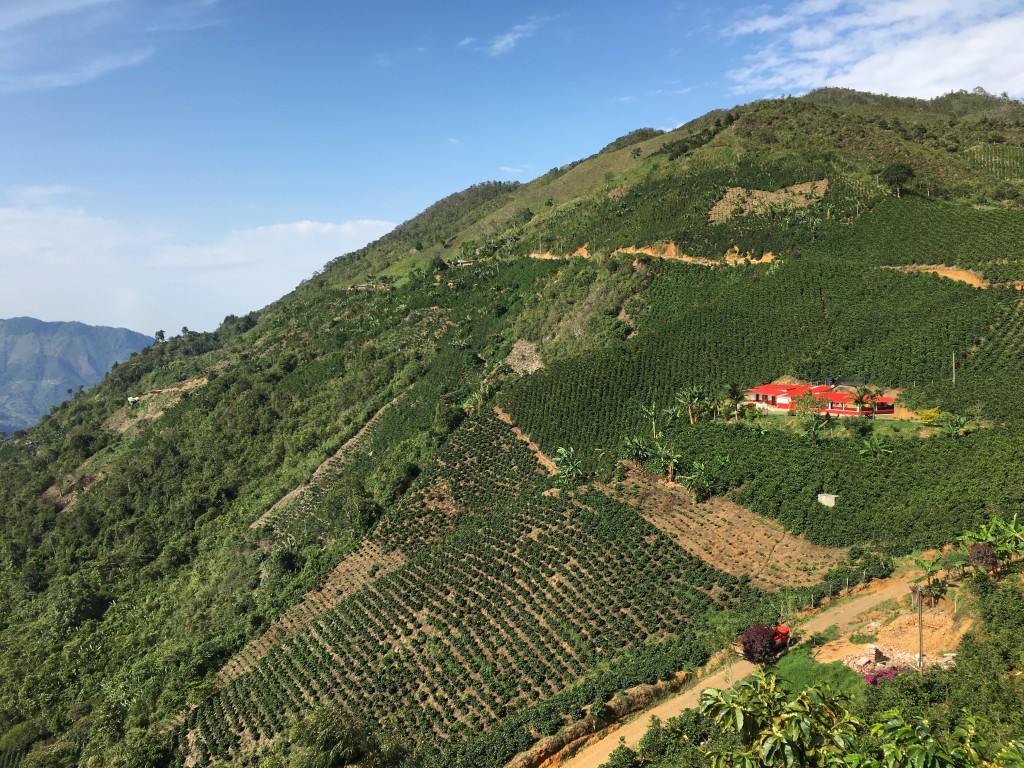
Coffee plantations outside of Concordia
The softer side of this complex country is budding—a side where smiles are more of a potent force than violence. A place where the sun’s rays sweep gently over coffee plantations, which majestically blanket the mountainsides in a deep green. A place where family time and community are the nuclei of life.
I landed in Colombia a few days before a conference I was attending, so I decided to explore this exotic land by taking a road trip to Pablo Escobar’s former backyard: the expansive countryside outside Medellín.
I rented a car and aimed the vehicle toward the roads southwest of the city; I ascended from the valley and upward into lush landscapes and cooler temperatures.
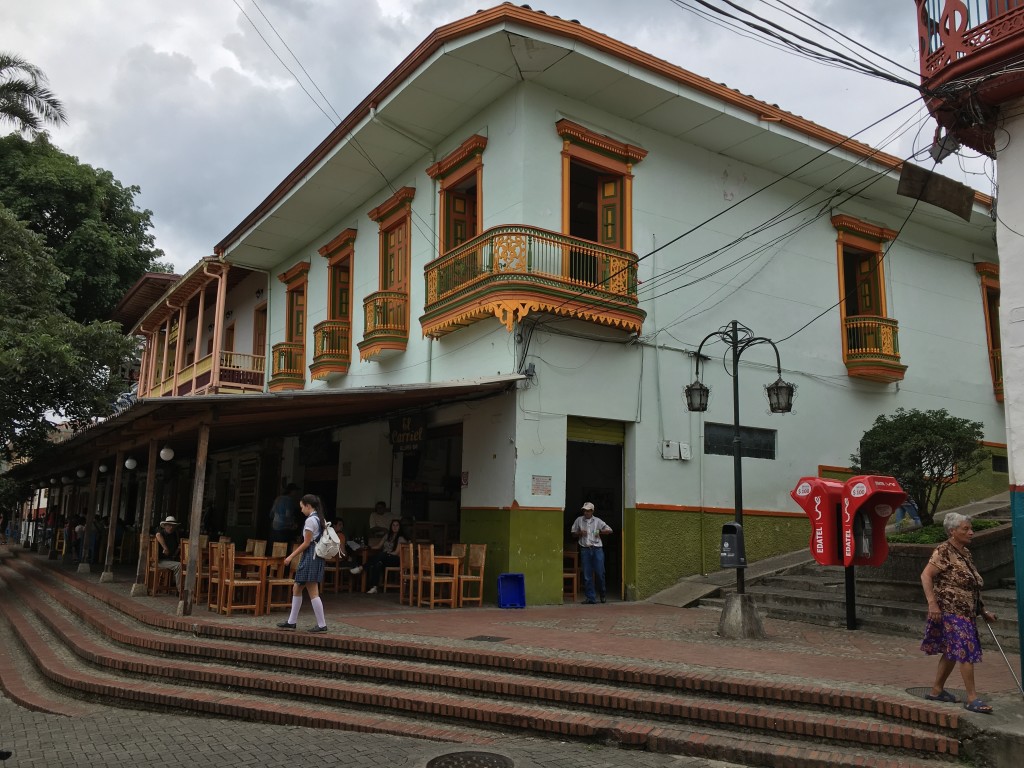
Relaxed towns
About an hour into the trip, I was stopped at a checkpoint outside a small town. Soldiers stood dressed in new uniforms and polished black boots (a good uniform always seems to have a positive effect on the psychology of a soldier). Machine guns hung over the soldiers’ shoulders, adding another layer of machismo to the masculinity they already radiated.
The guard asked for my registration and had me open the trunk of the car. I walked around to the back of the vehicle and showed him my few things, which he didn’t have much interest in. A couple of minutes into our time together, the official mood deleveraged into an exchange of smiles and simple jokes.
This interaction alone says a lot about a country….
I’ve always found that the countries where you can crack the authorities’ tough exteriors—smiling or humanizing with them when they have the guns and the power—are better places to spend time in. It means that there is wiggle room and that overall, they’re happy with your foreignness.
With these thoughts in mind, I departed the checkpoint. The road twisted on and became remote and special; my feelings about the journey transitioned from the curiosity into absolute surprise. I had no idea that Colombia was so beautiful.

Vacant roads
I’ve spent a lot of time traveling around the world, and I’ve observed a common trend—beauty and stability equals tourism. The fact that it is 2016 and tourism still hasn’t made much of a mark outside of Medellín is quite remarkable.
In towns like Concordia, Tarso, Jericó, Buenos Aires, Jardín, and Titiribí, the landscapes are world-class stunning. And I had them all to myself. Most of these towns each have a simple but charming hotel, basic restaurants, and a high percentage of bars per capita. For a tourist cruising through on a road trip, these towns have a lot going for them.
The town of Tarso had roughly seven bars in a town of less than 5000 people. I had the pleasure of hearing Guns and Roses karaoke deep into the night from my hotel room balcony, which overlooked the moonlit mountains. The hotel itself was full of random antiques, like various typewriters, and was operated by a few older ladies who smiled at every bit of my rudimentary Spanish. It was real.

My simple but charming hotel in Tarso
There is a clear line between poverty, which hinges on day-to-day survival, and a standard of living above that level, where basic needs are met. These towns aren’t rich, but their economies churn enough to keep their people well above that line. This reality completely changes the mood of a place. This feeling contrasted starkly from the small towns in the north of Colombia, near Venezuela, where the stress of poverty created an atmosphere of palpable negativity and unhappiness.
In these relaxed environments, locals hang around the center square drinking coffee, and kids play freely, their laughter echoing through the streets. The mood feels safe and healthily calm. Intricately painted buildings—the work of local artistic talents—shine everywhere. Panoramic mountain backdrops frame the goodness.
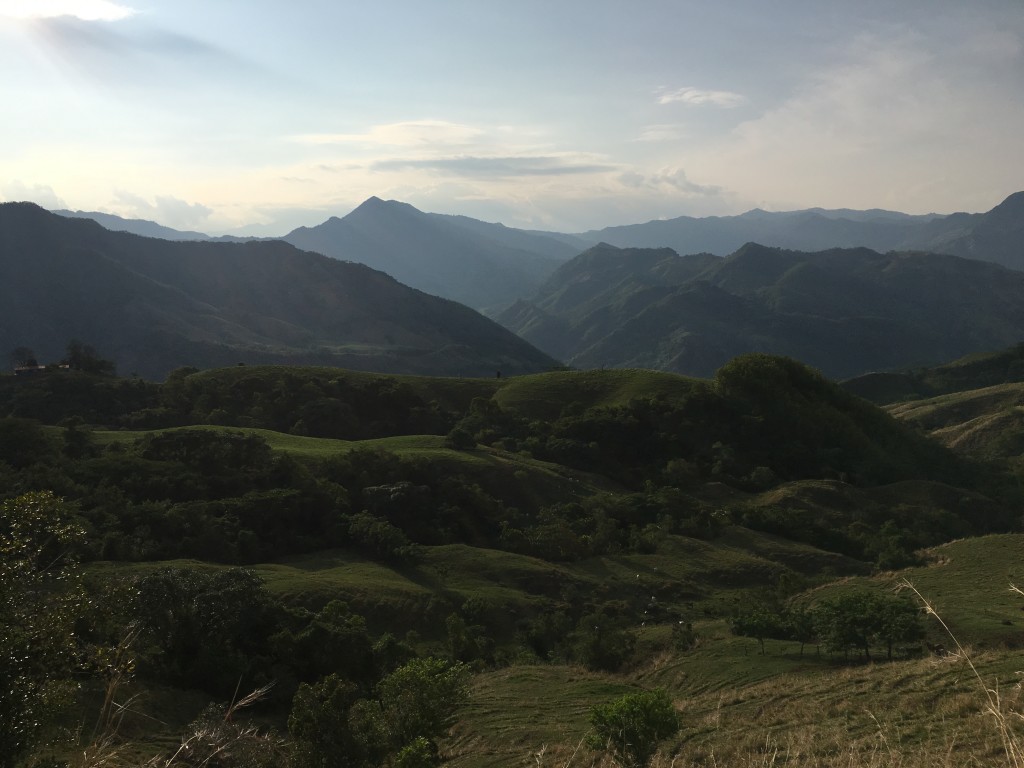
I also rate a country’s happiness of off the behavior of children and dogs—the lifeforms who directly emulate the people in power. Unlike rural Macedonia, Colombian dogs didn’t go at my ankles, and the kids seemed well behaved, without much brattiness.
The purchasing power of the USD to the Colombian peso is insanely high right now—another good reason to spend time in Colombia, either as a tourist or as an investor. Accommodations are very affordable. On one occasion, I spent $12 for a room and two meals. Another time, I spend $25 for a beautiful room in a brand new, fortress-looking guesthouse overlooking a river—breakfast included.
Countries in aggregate are like businesses, relationships, or economies: they are either climbing or falling.
And right now, Colombia feels like it is climbing; there is a tangible optimism. Roughly 50% of the population is under age 25. The middle class is growing, along with the number of opportunities. And even though the living standards of the Colombian middle class can’t be compared with the U.S. in regard to earnings or material wealth, there is something to be said for a future that looks brighter, rather than a future that looks bleaker (that is, if you believe the middle class in the U.S. is declining).
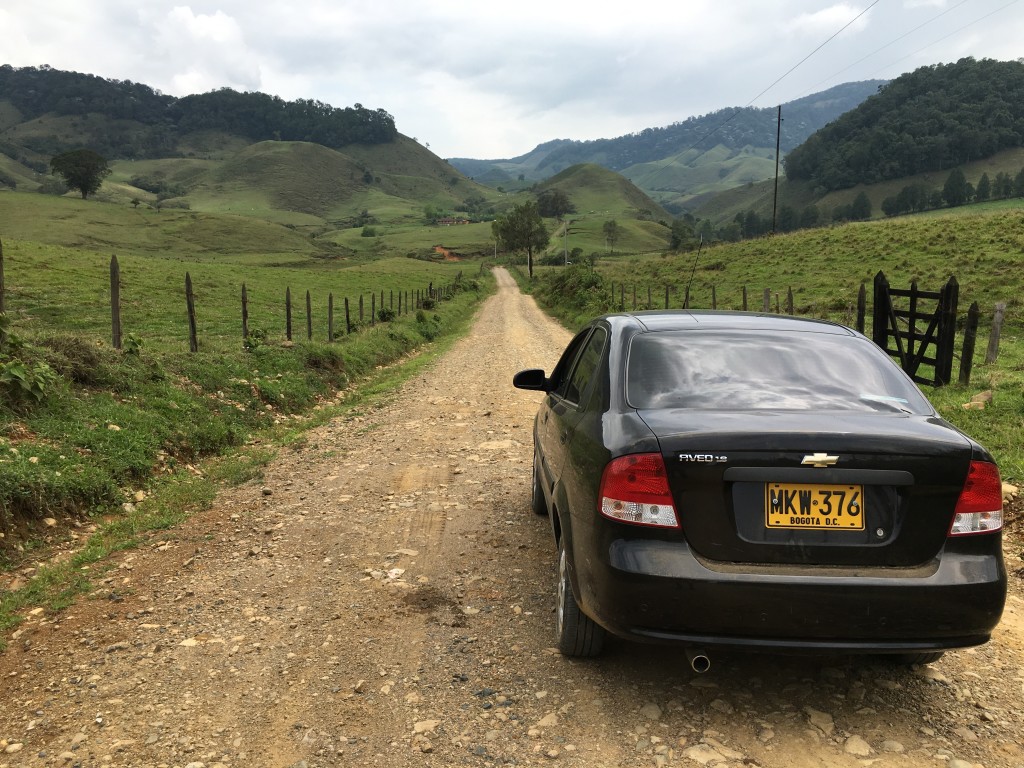
I got my money’s worth out of this rental
Humans’ moods generally elevate with gain, not a loss.
The business climate is also incredibly progressive. I toured a dynamic company named PharmaCielo that is gearing itself up for producing medical cannabis. It is currently a flower operation. But the company is ready to flip the switch to cannabis once the legislation goes through, and it looks like this is going to happen soon.
I only saw a few Colombian tourists during my road trip, though I’m sure it gets busy on the weekends with locals from Medellín. But during the midweek, I saw not one other gringo.
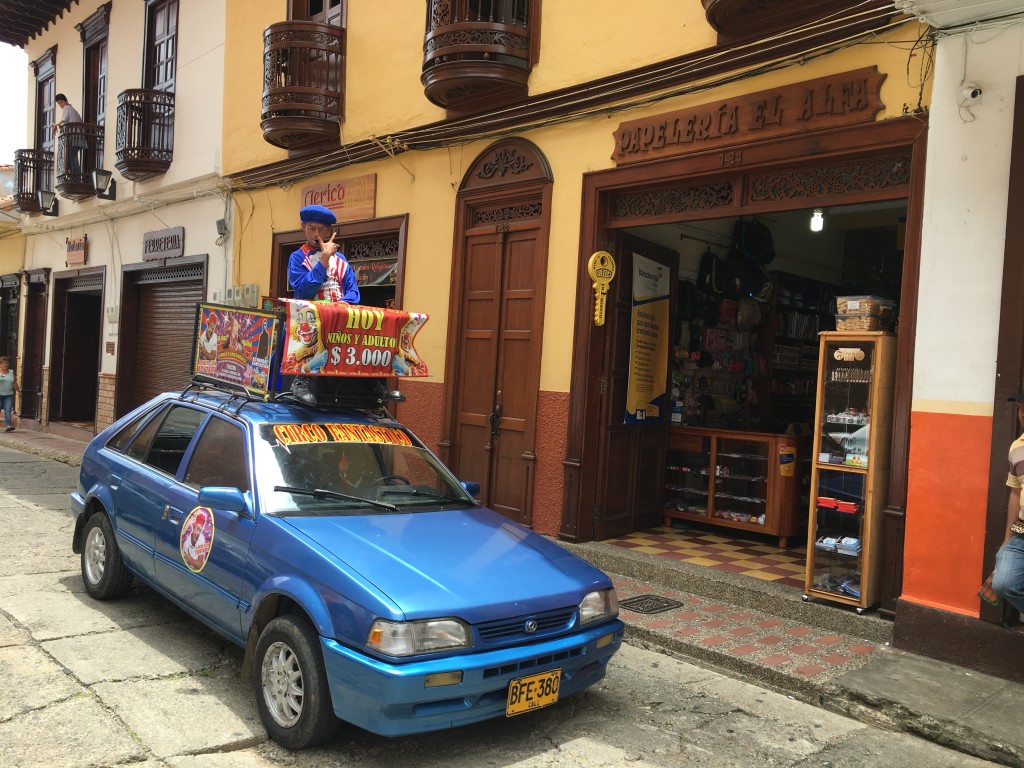
Colombia’s image hangover is the only explanation I can come up with for the lack of tourists; many people still associate the country with drugs and violence. Global influences, like the Netflix series “Narcos” probably don’t help. Instead, they solidify the traditional perception of Colombia.
I think it’s a subconscious thing. Once a country is associated with a specific label enough times, the unconscious mind solidifies that thought. It takes either a personal experience or a countering message with equal or greater repetition, to break it. And these things don’t happen overnight.
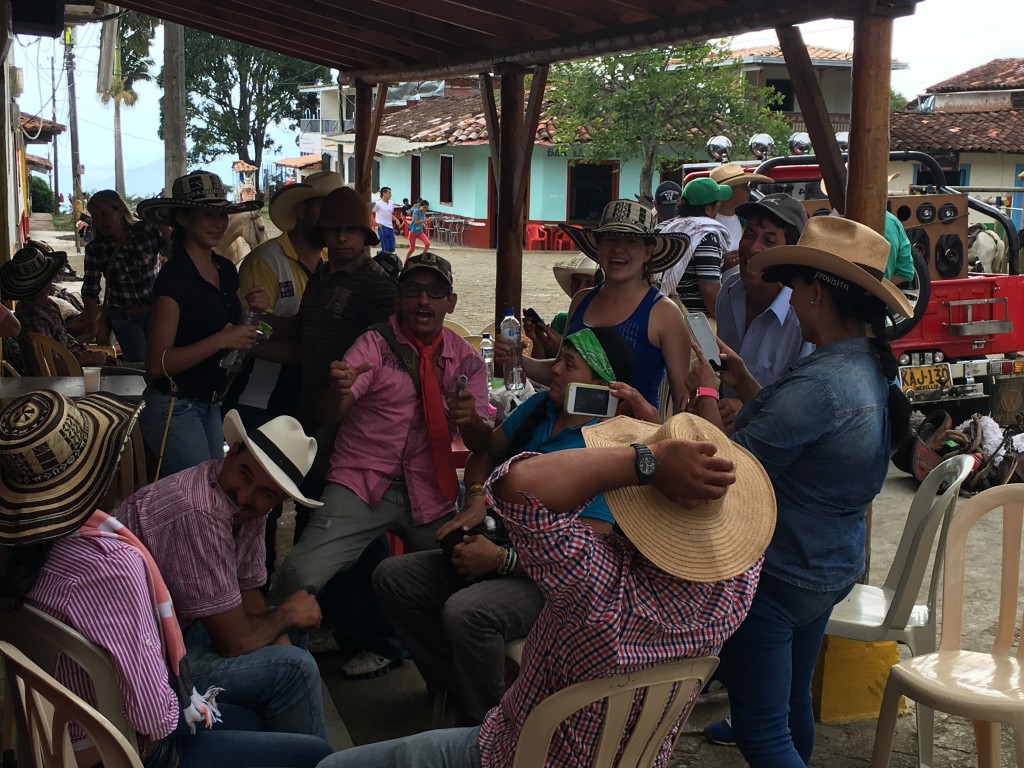
Of course, Colombia isn’t all sunshine and roses, (although it is the largest exporter of roses to the U.S.). There is plenty of poverty and crime in cities like Bogotá and Medellín. Even though these problems are generally segregated from the nicer parts of those cities, crime still exists in volumes.
The world’s demand for cocaine isn’t going away. There will be a supply as long as there is a demand; and Colombia is too attractive, with its warm climate and fertile soil, not to provide that commodity.
The government is in peace negotiations with the FARC (Revolutionary Armed Forces of Colombia), which controls much of the cocaine trade. This looks very positive, but the reality is that production will continue, whether FARC controls most of it or someone else does.

From what I’ve witnessed in Mexico, more cartels and players means more violence. The best outcome is for a big group/cartel to control most of the supply, coupled with a back-channel agreement with the government to keep all of the power brokers well funded. Or, in my humble opinion, they could just make the shit legal in all of the countries that cocaine touches, which would eradicate most of the problems.
The way cocaine needs to be controlled in Colombia is much like how stability is maintained in the Middle East. In the Middle East, we’ve seen time and time again that only strong-fisted leaders can keep the peace. In Colombia, the drug trade needs a strong structure, or it turns into blood.
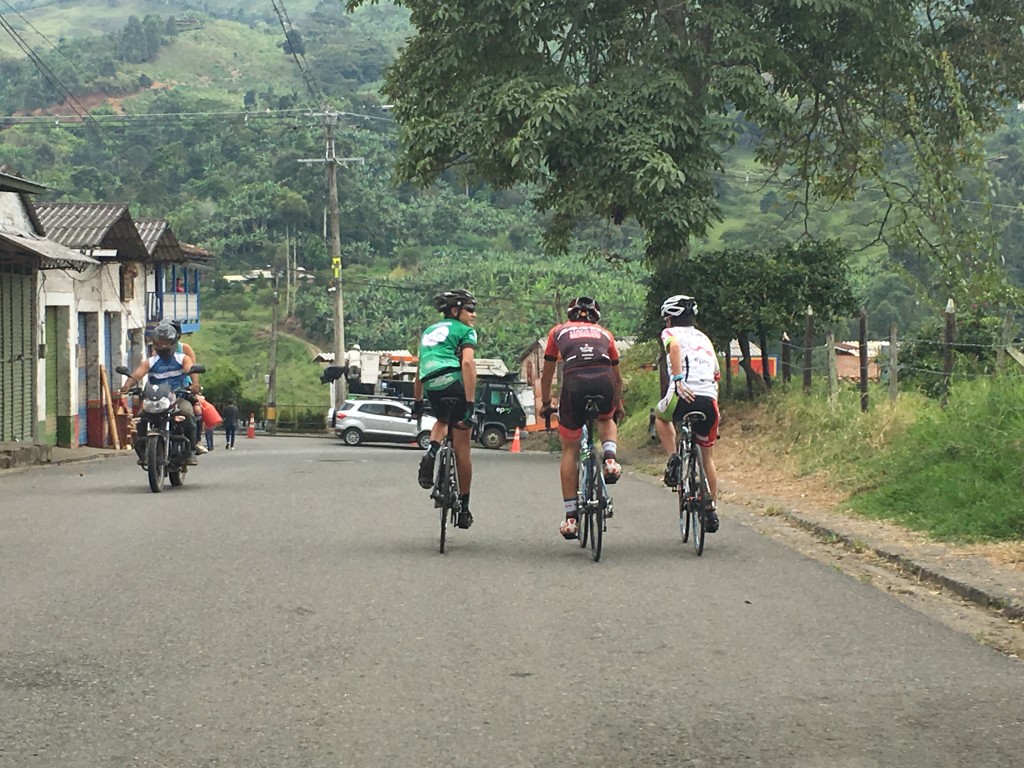
Cycling is very popular in Colombia.
Who knows how long this current level of stability will last? The stability in countries is like the intervals between waves. And it’s just a matter of time before another wave of instability hits Colombia’s shores. Will it be in 5 years? 20 years? 50 years? It’s anybody’s guess…
But for now, Colombia is mostly stable. Even with all the negatives, the positives are much more powerful. The smiles of the people are moving… the energy of the youth is captivating. This is a time of growth on myriad levels.
2016 is a fantastic year for Colombia, and it’s an excellent time to visit a country that has risen from so much struggle; a place full of surprise that will grab your eyes and soul. The magic of Colombia is real and is currently one of the true gems in the world.

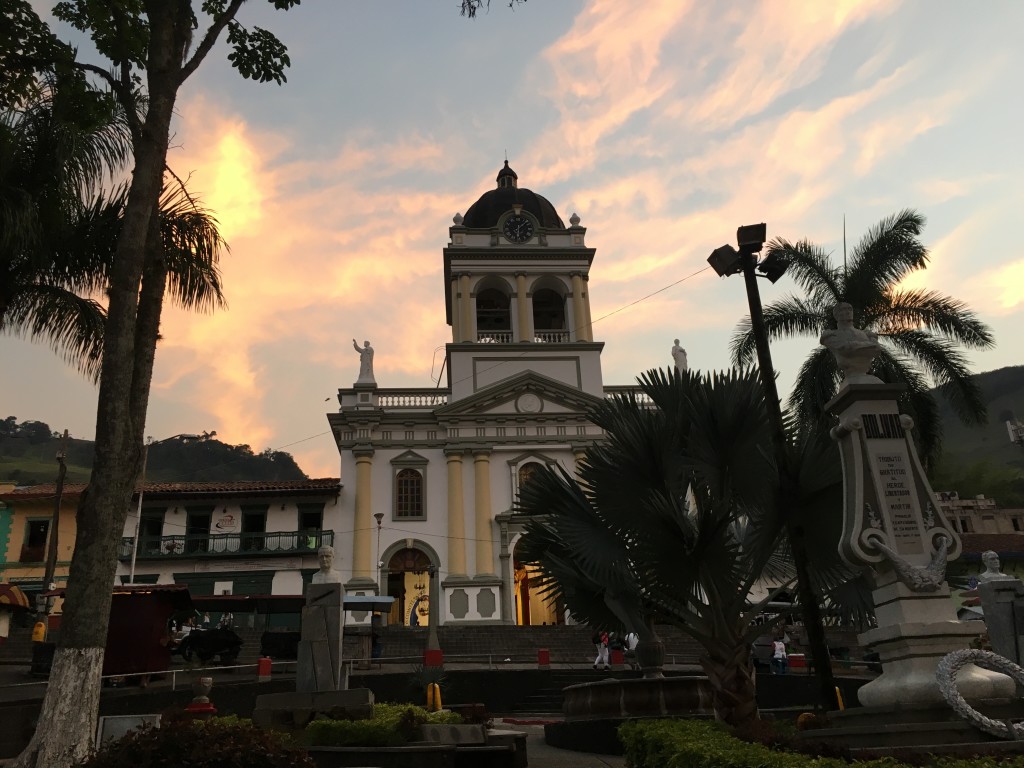
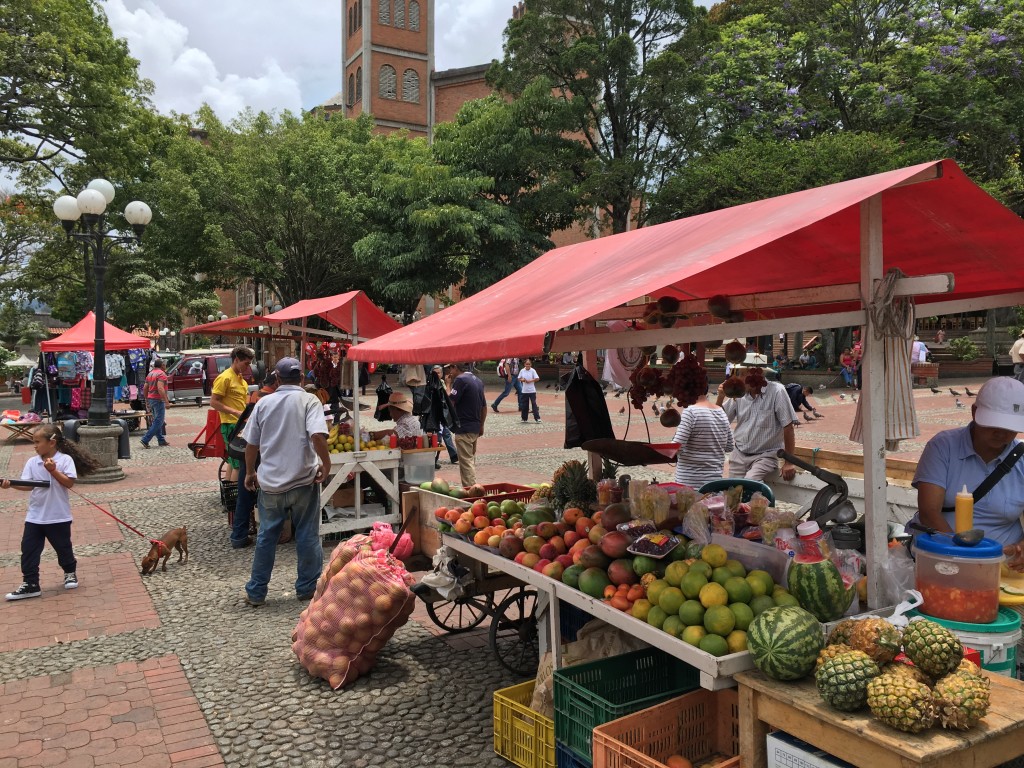
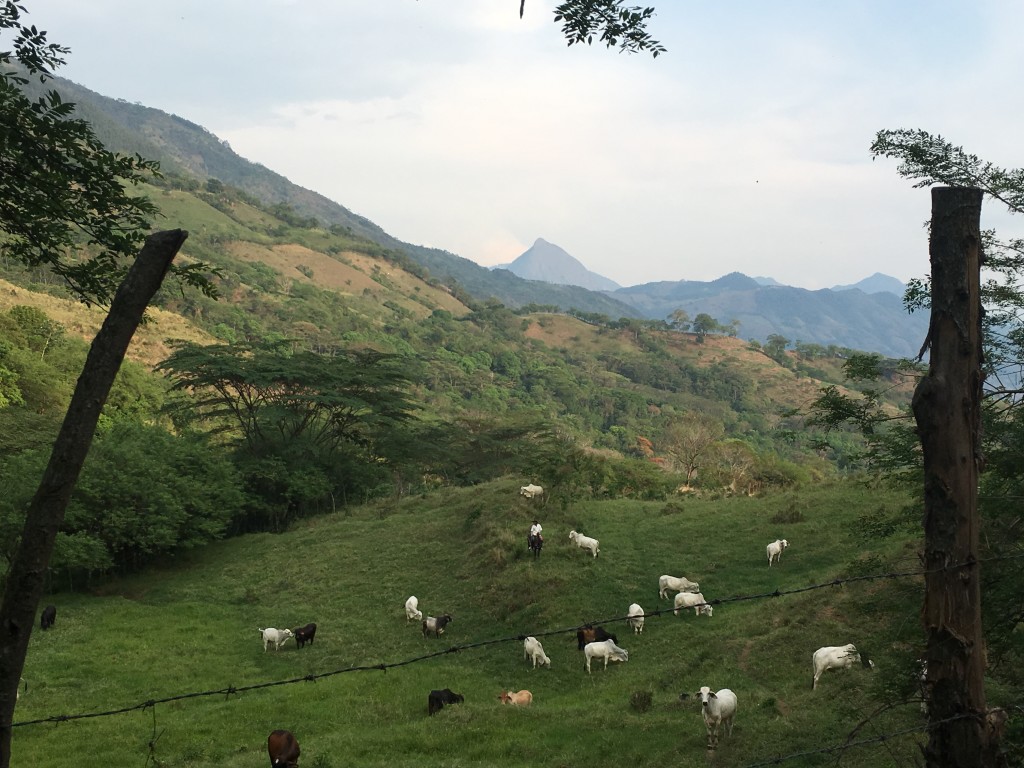
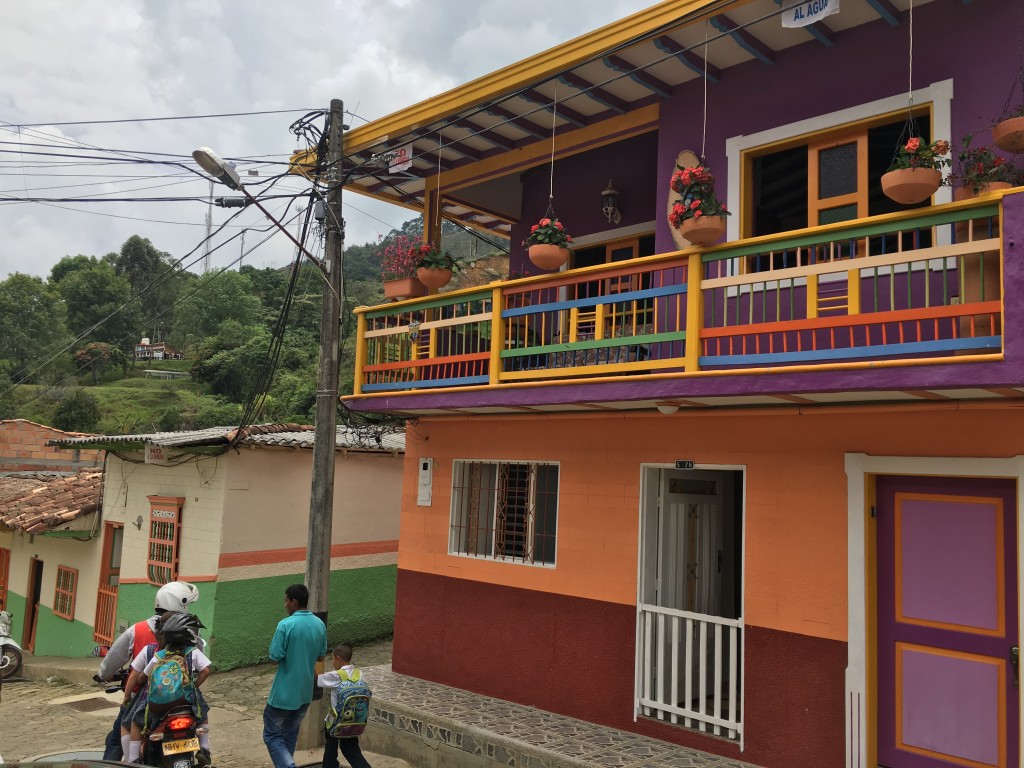
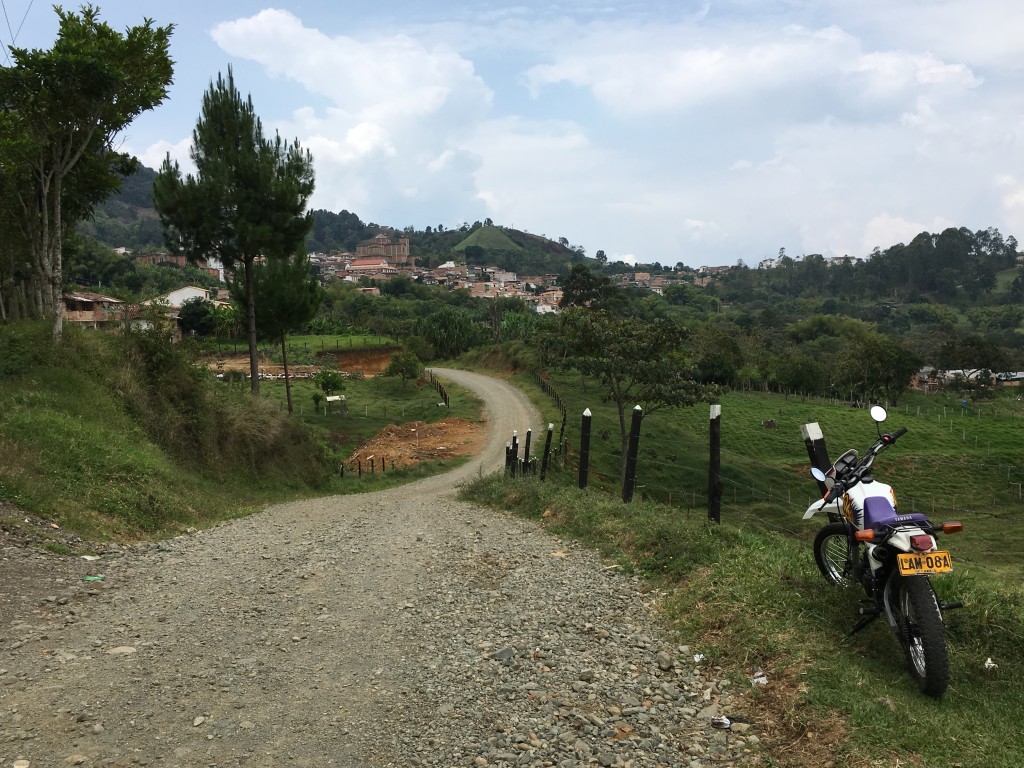
If you’re interested in more content from COLOMBIA and the WORLD visit these links below: